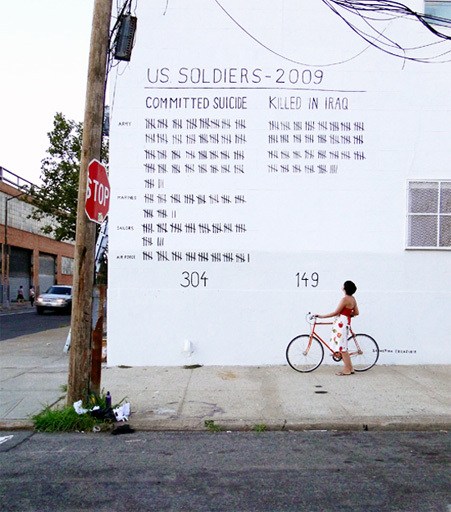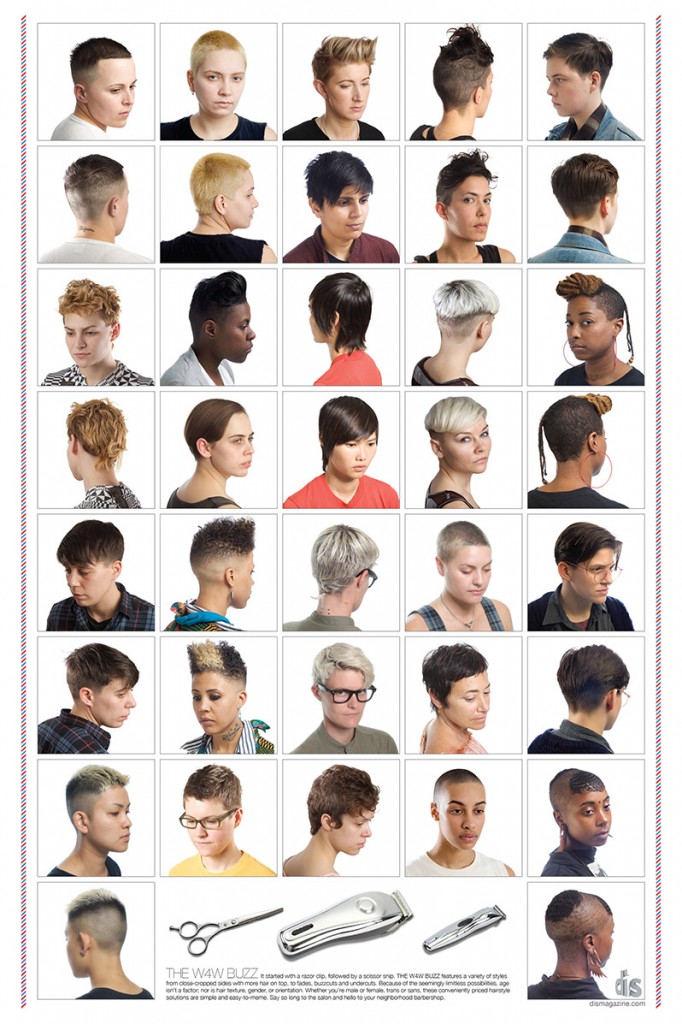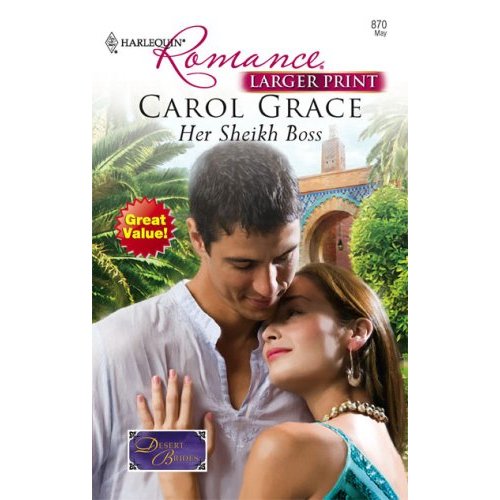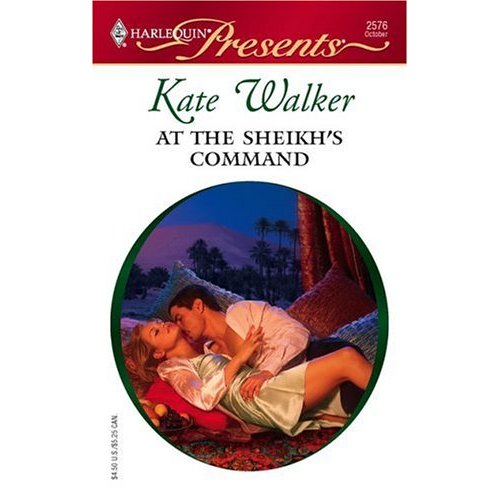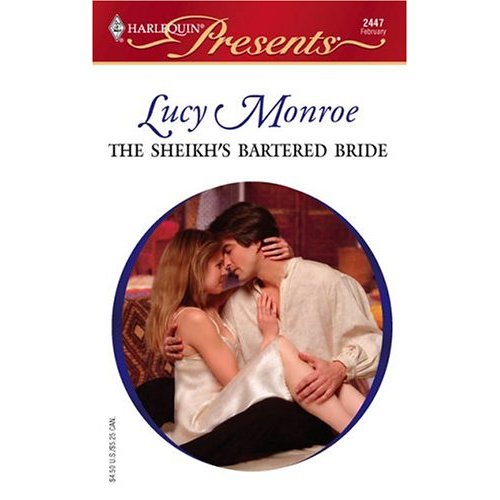
Duff McDuffee forwarded this clip by Hennessey Youngman. In it, he explains how to be a successful artist. The recipe is simple. Enjoy (language is NSFW):
But what if you can’t help but be black? Youngman has some advice for you too:
Youngman is pointing to the fact that, whereas white men can make unmarked art — art that is just art, not art of a particular kind — the art of people of color and women is always interpreted in light of their race or gender. Accordingly, if members of these groups want to be successful artists, they must make marked art, art that audiences recognize as the kind of art black people or women make. Further, they must perform “black artist” or “female artist” by adopting the identities that art critics expect and desire to see.
For an example of this phenomena, see our post titled What Counts as Indian Art? or our related, more extensive Contexts article by a similar name.
Lisa Wade, PhD is an Associate Professor at Tulane University. She is the author of American Hookup, a book about college sexual culture; a textbook about gender; and a forthcoming introductory text: Terrible Magnificent Sociology. You can follow her on Twitter and Instagram.




